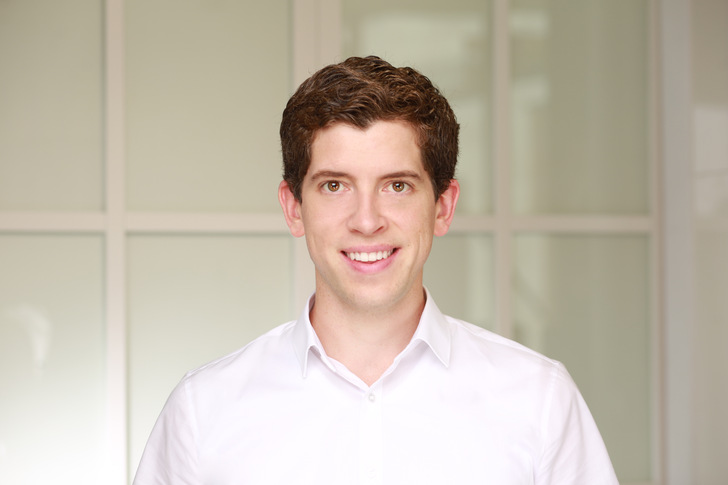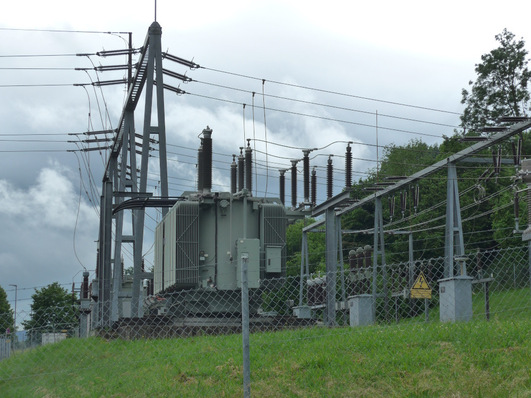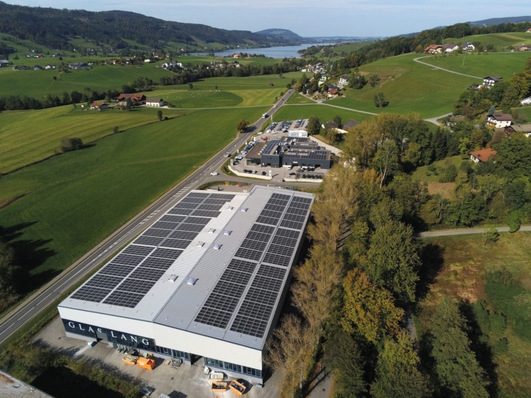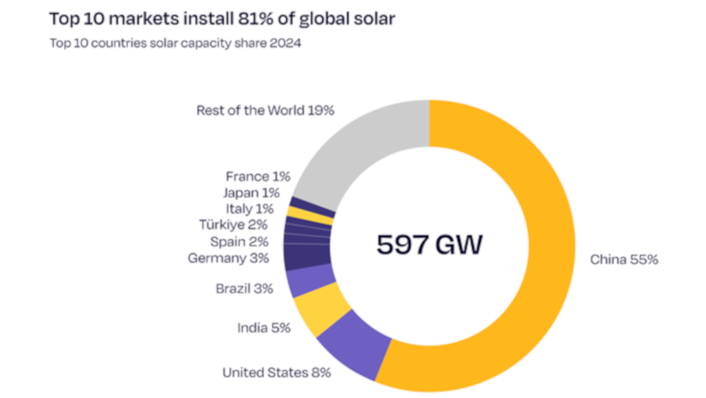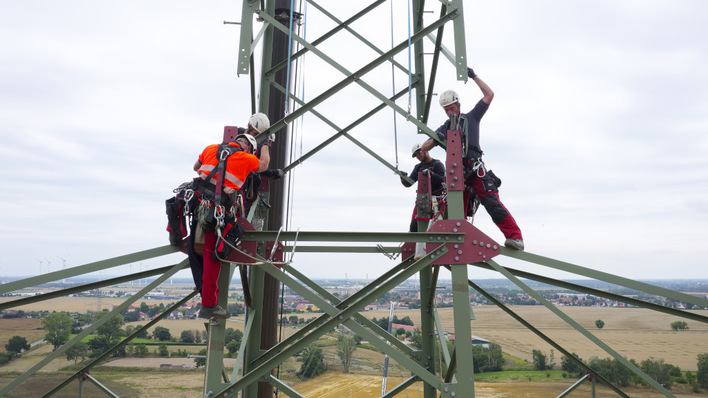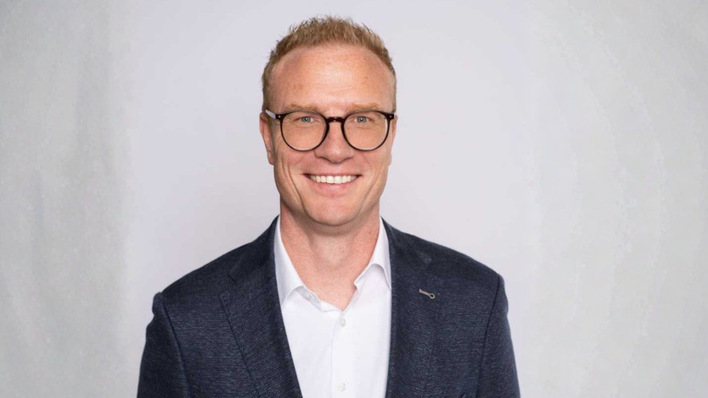We already know virtual reality, virtual money, virtual games. What is a virtual power plant?
A virtual power plant exists in both worlds. In the real world, the sun light has to shine, energy has to flow. So it is a power plant that generates energy. But not only that, it also delivers energy, provides flexibilities. Because we do not only include one big power plant in one place. Our energy flows from thousands of different assets all over the country. Therefore we need the virtual world to integrate the intelligence and the management of the whole system. And that is the reason why we call our solution a virtual power plant. Because we combine the advantages of both worlds.
EnBW is a large German energy supplier. Why do you work with a virtual power plant?
On the one hand, we do not only believe in the energy transition and renewable energies. We want to play an active part in it and we are able to manage large undertakings and complex systems. That is our history, where we come from. We provide a virtual power plant to reduce the complexity and provide easy solutions for everybody out there who wants to take part in it. That might be renewable energies, storage batteries, consumers, whoever. That's our goal.
There are many plants to be connected to the virtual platform. What is the minimum size of it? Can everybody take part?
Technically, yes. The smallest solar power system that is connected today has 5 kilowatts. That's typical for a private household. Also 1 kilowatt would be possible. The biggest one supplies several hundred megawatts. So there is no limit for the technical availability, also not for the power of the assets. We include batteries, we include wind power or solar parks, systems running on biomass. We also have energy consumers from industry, for example. There are no technical limits. It's more a question of the economic aspect. Does it make sense to take part? To buy or sell energy?
Let us talk about the commercial side, the money side. What is the model behind that? Do you share the money you earn or how do you handle that?
We believe the best product is always a sharing model, because then we have the same interests. We want to earn money. If we just share the profits, it's always the best model. On the other hand we have different products and different business cases. For example, in the direct marketing we just get a little fee for our service to manage the whole system. This is one part of the commercial side. But, for example, in the battery storage optimization we go for a profit share.
It's not a virtual win-win, it's real. How much effort did you put into the technological innovation, into the development of the digital solution?
We put a lot of effort into this because it's the core of the virtual power plant. All management of every little plant, the controlling of that. Luckily we're not the first to start. There are a lot of IoT applications, a lot of other partners and companies who provide parts of the system. So what we do in this respect is to combine all these parts. We like to combine it from our partners because that makes us more flexible in the future. We do not have to reinvent the wheel. Today we have a system that is complex at first glance, but it all works together quite well. This is the key. If you want to control virtual power plants, we have to manage all the assets and all the systems. But that's the game. (HS/mfo)
Watch the video with Simon Schweda here.
Watch all our CEO-Talk with decision makers of our industries.


